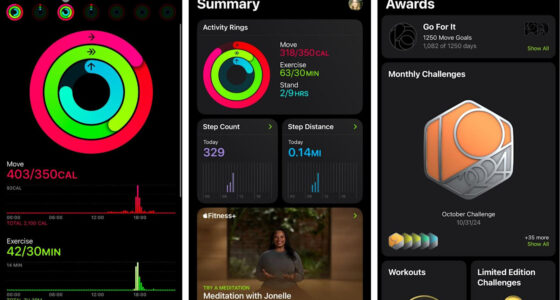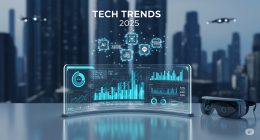Rising Cyber Threats for SMBs
Evolving Risks Demand Action
Small and medium businesses (SMBs) in Thailand face escalating cyber threats in 2025, with 46% experiencing attacks, per Mastercard’s survey, and 43% of global cyberattacks targeting SMBs, per Verizon’s 2025 DBIR. Phishing, ransomware, and supply chain vulnerabilities threaten Thailand’s 3 million SMEs, which contribute 35% to GDP. Adopting cybersecurity best practices for small businesses in 2025 is critical to safeguard data and maintain customer trust among 40 million online users.
Practical Security Checklist
Essential Cybersecurity Steps
To protect against evolving threats, SMBs should implement this cybersecurity best practices checklist for 2025:
-
Strong Passwords: Use complex passwords with 12+ characters, updated every 3-6 months, managed via tools like LastPass.
-
Multi-Factor Authentication (MFA): Enable MFA on all accounts, reducing unauthorized access by 99.9%, per Microsoft.
-
Regular Software Updates: Automate patches for OS and apps to fix 70% of exploitable vulnerabilities, per NIST.
-
Employee Training: Conduct quarterly sessions on phishing and social engineering, as 81% of attacks leverage AI-driven tactics.
-
Data Encryption: Encrypt sensitive data at rest and in transit, critical for 85% of Thai customers valuing privacy, per 2025 Edelman data.
-
Backup Systems: Maintain daily encrypted backups, offline if possible, to counter 75% of ransomware-driven breaches.
This checklist, tailored for Thailand’s SMEs, ensures compliance with PDPA and minimizes financial losses averaging $120,000 per breach.
Zero-Trust Framework Explained
Never Trust, Always Verify
Zero-trust architecture, a cornerstone of cybersecurity best practices for small businesses in 2025, assumes no user or device is trustworthy, even within the network. With 81% of organizations adopting zero-trust by 2026, per Splunk, it’s vital for Thailand’s 50,000 remote workers. Key components include:
-
Continuous Verification: MFA and real-time user behavior analytics, like Microsoft’s Azure AD, verify identities constantly.
-
Least Privilege Access: Limit access to only necessary resources, reducing lateral movement in 88% of breaches, per Verizon.
-
Network Segmentation: Divide networks into micro-segments, containing breaches in 60% of cases, per Gartner.
For Thai SMBs, zero-trust mitigates risks from 5G-enabled IoT devices, used by 20% of businesses, ensuring secure operations in hybrid work environments.
AI-Driven Threat Detection
Leveraging Technology for Defense
AI enhances cybersecurity best practices for small businesses in 2025 by detecting threats in real-time, with 94% of SMBs prioritizing AI tools, per Microsoft. In Thailand, where phishing accounts for 30% of attacks, AI-driven solutions like Trend Micro’s XDR analyze endpoint and email data, flagging anomalies 50% faster than traditional methods. SMBs can adopt affordable AI tools, like Splashtop’s secure remote access, to protect 10 million daily online transactions while staying within budget constraints.
Supply Chain Security Focus
Mitigating Third-Party Risks
Supply chain attacks, comprising 15% of SMB breaches in 2025, per Qualysec, threaten Thailand’s 85% of SMEs outsourcing IT services. Implementing Third-Party Risk Management (TPRM) platforms, like BitSight, ensures vendors meet PDPA standards. SMBs should include cybersecurity clauses in contracts and conduct quarterly vendor audits, reducing risks for Thailand’s 3 million SMEs reliant on interconnected systems by 40%, per Gartner.
Employee Training and Compliance
Building a Security-First Culture
Human error drives 60% of breaches, per 2025 Qualysec data, making employee training a top cybersecurity best practice for small businesses in 2025. Thai SMBs should train staff on recognizing AI-powered phishing and enforcing BYOD policies, critical for 50% of remote workers. Compliance with GDPR and PDPA, enforced by 65% stricter penalties in 2025, requires regular audits and training, ensuring trust among Thailand’s 67 million consumers.









